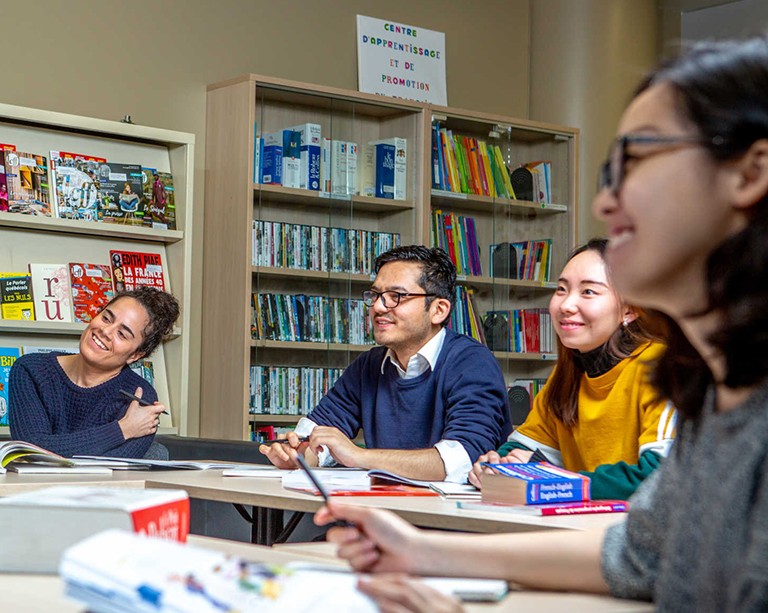Concordia Public Scholar Felicity T.C. Hamer explores remembrance through photography

For her PhD, Felicity Tsering Chödron Hamer explores the role personally significant photographs play in remembrance and bereavement.
Her work seeks to understand how the bereaved prolong connection to the beloved through photography-based objects that are imbued with an intense commemorative significance – introducing and developing a concept she calls "hauntography."
An accomplished musician and a mother of two, Hamer has a background in art history and is the author of the book Parental Grief and Photographic Remembrance: A Historical Account of Undying Love.
‘Photographs of loved ones will always be swept up into remembrance activities’
What inspired you to study what you're studying?
Felicity Hamer: I feel as though I’ve always been thinking about this — about photography’s relationship to memory. I started using my mother’s camera at about eight years old and went on to spend many years behind the lens — gathering and thinking about photographs of the people around me. As a young adult, I studied photography and often performed before my own camera — eventually gravitating toward art history and photo theory, looking at the photographs of historical others. What has changed in recent years is my focus. A series of personal losses has shifted my gaze back inward and then toward current uses of photography within bereavement practices.
Would you say that your research has a practical objective, such as helping people cope with bereavement? Or is it more personal?
FH: I admit that it’s personal — I want to understand my own relationships to personally significant photographs. But I believe it can be of interest to, and potentially benefit others as well. If we can better understand the role photographs and imagination play in this remembering activity, we can offer more informed and compassionate support to those grieving the loss of a loved one. We can also show ourselves more compassion and perhaps develop more effective applications of photography toward the easing of loss.
We live in a world that has mostly gone digital. We are swimming in images accessible via the internet. Why are photographs still important?
FH: I gravitate toward physical objects because I am of a generation whose childhood memories were captured through analog photographic technologies that were then printed onto paper and compiled into albums, thrown in shoeboxes or framed. There were fewer photographs, and they were so often beheld by individuals together, physically. Photographs of loved ones will always be swept up into remembrance activities — we simply tend now to be physically alone when we share and respond to these likenesses online.
Your book Parental Grief and Photographic Remembrance looks at questions of death, loss and remembrance. Some might say this is a heavy topic. Has this research taken an emotional toll on you?
FH: It was a really difficult book to write. The day-to-day demands of motherhood — bringing my two children to daycare and school, being active in both these spaces — provided a welcome reprieve and balance to the photographs and testimonies I was consulting. I often found myself breaking down — how could you not? People close to me have suffered these devastating losses; I didn’t take any of it lightly. The loss of a young or adult child feels disordered and somehow especially tragic. The bereaved are too often silenced by the discomfort this provokes in others.
Can you explain your concept of hauntography?
FH: Some photographs become so integral to our remembering of absent individuals that the photograph’s ability to participate is no longer dependant on the viewable object. Misplaced or intentionally avoided, these missing photographs (the material objects) remain so central to the remembering — they are both absent and yet somehow present, like a ghost. So, I named them hauntographs.
You're also an accomplished musician. Can songs and sound recordings also function as mementoes for people grieving?
FH: Absolutely. Don’t we all do this? Photographs can look like the individual or the space we long for, but recordings can sound like them — both can transport and conjure. Visual imagery is a recurrent theme in my songwriting and in the songs I choose to interpret.
In the song “Stay With Me Awhile” by my band The Slowinks, I share my own experience of feeling the residual presence of someone I lost — of seeking that out as I move through the spaces that so often remind me of her.
Join Felicity Hamer on November 23 for her online event Hauntography: a discussion of the remembered experience through absent photographs.
Find out more about Concordia’s Department of Communication Studies.


